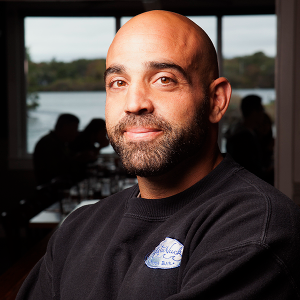HYBRID EVENT: You can participate in person at Barcelona, Spain from your home or work.
Extensive Aquaculture
Extensive Aquaculture
Extensive aquaculture relies on natural resources to support the growth of aquatic species, minimizing artificial inputs like feed and aeration. Typically practiced in large ponds or coastal areas, it depends on natural nutrients and water flow, making it a sustainable and low-cost farming method. This approach is particularly suited to species that thrive with minimal intervention, such as certain types of fish and shellfish. While productivity is lower compared to intensive systems, extensive aquaculture has a smaller environmental footprint and helps conserve ecosystems. It’s especially valuable in rural areas, providing income and food security without significant resource investment.
Committee Members

Perry Raso
Matunuck Oyster Farm, United States
J L Giovanna Hesley
Education Emerita, CropKing Inc., United States
Virendra Kumar Goswami
Indian Institute of Technology, India WAC 2026 Speakers

Amit Das
Memorial University of Newfoundland, Canada
Mandeep Kaur
Panjab University, India
Pavarot Noranarttragoon
Department of Fisheries, Thailand



Title : Application of Artificial Intelligence and NISAR satellite to study the air sea CO2 exchange and aquatic toxicology to develop ‘Aquatic Pollution Remediation Technologies’(PART)
Virendra Kumar Goswami, Indian Institute of Technology, India
Title : Conditionally pathogenic microparasites (Microsporidia and Myxosporea) of mullet fish potential objects of mariculture in the Black and Azov Seas
Violetta M Yurakhno, A. O. Kovalevsky Institute of Biology of the Southern Seas of Russian Academy of Sciences, Russian Federation
Title : New approaches to assessing and managing the multispecies fishery in the Gulf of Thailand
Pavarot Noranarttragoon, Department of Fisheries, Thailand
Title : Integrating art, science and rural development: The multifaced role of aquarium keeping
T V Anna Mercy, Kerala University of Fisheries and Ocean Studies, India
Title : Seaweed aquaculture policy gap analyses in Indonesia, Kenya, and Tanzania
Megan Considine, The Nature Conservancy, Puerto Rico
Title : Utilizing art to enhance learning STEM subjects required for aquaculture
J L Giovanna Hesley, Education Emerita, CropKing Inc., United States